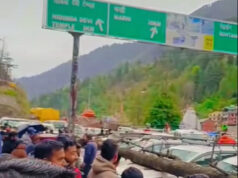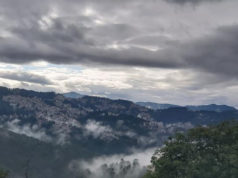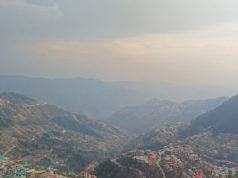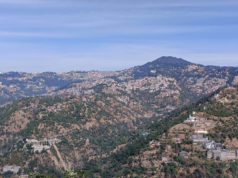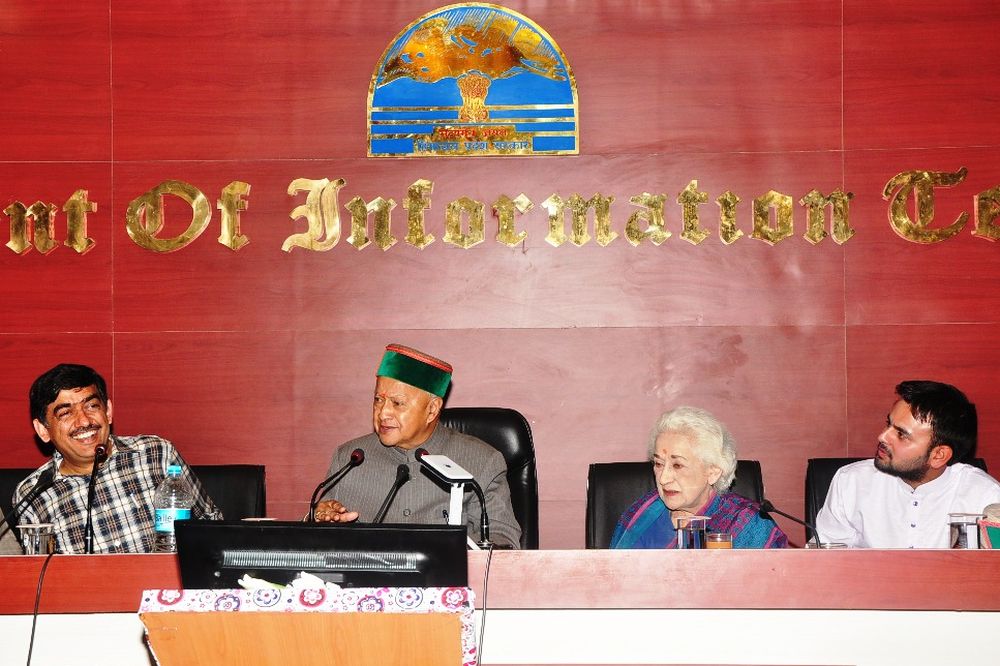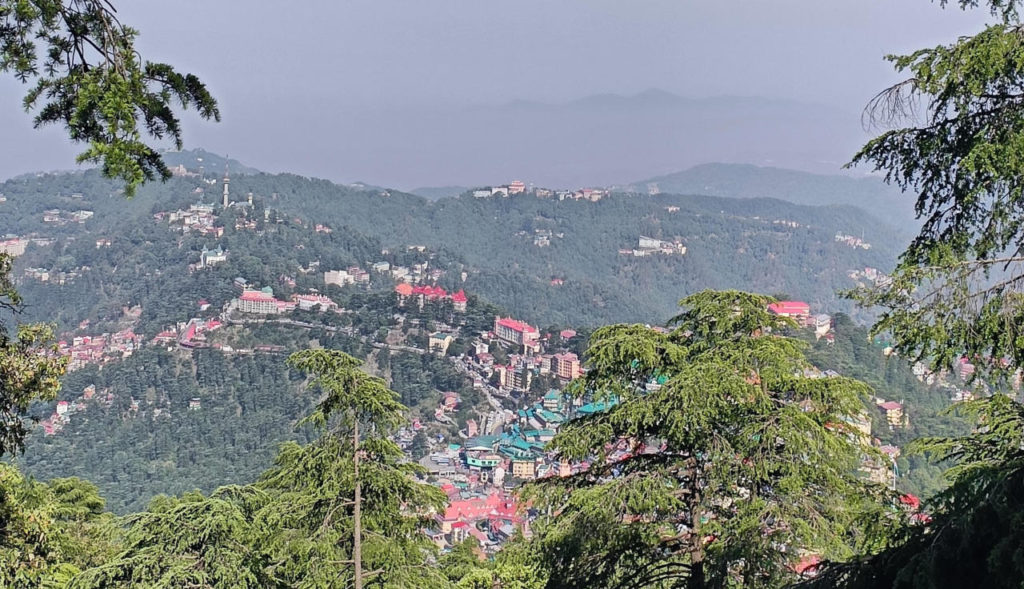
Shimla – As Himachal Pradesh faces unprecedented changes in its climate patterns, experts are sounding the alarm over potential long-term consequences for the state’s ecology and economy. The recent record-low rainfall in December 2023, coupled with the absence of snowfall in Shimla for the third consecutive year, has raised concerns among environmentalists and policymakers alike.
Director Surendra Paul of the Meteorological Center in Shimla identifies global warming as a primary driver behind the erratic climate patterns. Despite the recurrent occurrence of western disturbances from October to December, these weather systems consistently weakened upon entering the state, resulting in an alarming 45 percent reduction in rainfall compared to historical averages during the same period.
The impact is palpable across various districts, with some areas experiencing a staggering 99 percent reduction in December rainfall. The districts of Kinnaur, Sirmaur, and others are facing immediate challenges to agriculture, water resources, and overall environmental sustainability.
Experts emphasize that the repercussions extend beyond immediate concerns, potentially leading to long-term impacts on the state’s delicate ecosystems. Shifts in precipitation patterns can contribute to soil erosion, reduced agricultural yields, and disruptions in local flora and fauna. Water scarcity, already a looming threat, is exacerbated by diminishing snowfall in mountainous areas, affecting water supply for both agricultural and domestic needs.
The tourism industry, a linchpin of Himachal Pradesh’s economy, is also under threat. The iconic winter destinations of Shimla and Manali, once synonymous with snowy landscapes, are witnessing a decline in their traditional winter charm. The changing cycle of snowfall, attributed to urban expansion or the so-called “concrete jungle,” is severing the historical connection between these towns and the tourism sector.
In response to these challenges, environmental advocates are calling for sustainable urban development practices and immediate measures to mitigate the adverse effects of climate change. Urgent action is needed to preserve the delicate balance of the region’s ecology, promoting water management strategies and investing in climate-resilient infrastructure.
The warning from experts underscores the need for a comprehensive and collaborative approach involving government bodies, local communities, and environmental organizations. Proactive measures are crucial to addressing the multifaceted challenges arising from changing weather conditions and ensuring a resilient and sustainable future for Himachal Pradesh. As the state grapples with these uncertainties, the call to action becomes increasingly urgent to safeguard the environmental and economic well-being of the region.



